The Alps Like You've Never Seen Them [PHOTOS]
It's an article of faith among frequent travelers that flying isn't what it used to be. Over the past two decades, shrinking legroom, falling service standards and security-related hassles have turned the experience from glamorous to annoying. But one thing hasn't changed: the view outside the airplane's windows.
A case in point is Milan's Malpensa airport. While it serves Italy's main commerce and fashion hub, it appears on precisely nobody's list of interesting places to visit, with its glum black marble floors and hideous traffic on the highway to Milan. Still, it has one feature that distinguishes it from any other major airport in Europe: It sits right at the foot of the Alps, and it offers passengers an unrivaled view of one of the most storied mountain chains on Earth.
The trick is simply to ask for a window seat on the right side of the aircraft (left if you're landing), hope that the famously cloudy weather lets up, and keep your eyes open. The view will amaze even the most hardened globetrotter, who probably hasn't seen many things like the colors at sunrise on the East face of the 15,203-ft (4,634-meter) tall Mount Rose, the second-tallest mountain in the Alps.
Leonardo da Vinci, a resident of Milan in the early 1500s, is known to have been fascinated by the mountain, whose giant eastern wall is clearly visible from the city.
"No mountain has its base at so great a height as this," he wrote in one of his notebooks during a trip to the foot of the peak (Alpinism as we know it was still three centuries away; no major summit would be climbed until 1786, and Alpine climbing for sport began in earnest only in the mid-1800s.)
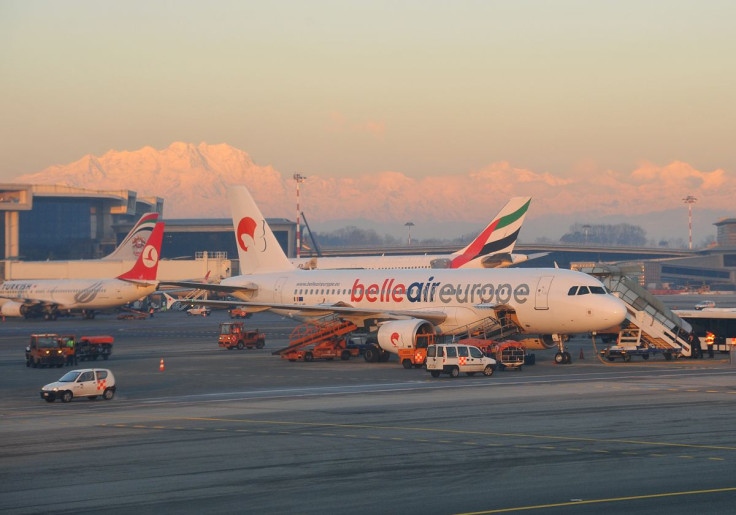
Da Vinci was on to something. No Alpine summit has quite the awe-inspiring power of il Rosa, as it is known in Lombardy; and that Eastern wall, 1.5 miles (2,400 meters) high, is the tallest mountain face in the entire Alps.
The ideal way to see it is minutes after takeoff, when most flights out of Malpensa make a wide left-hand turn to the west.
Recently, on a clear, late-December day, Mount Rose appeared over Lake Maggiore, the less-famous but no less picturesque sibling of Lake Como. As our New York-bound Delta Airlines (NYSE:DAL) jet climbed over the city of Arona, the mountain -- the hulking mass on the left -- dominated the sky, its summit still higher than our altitude.
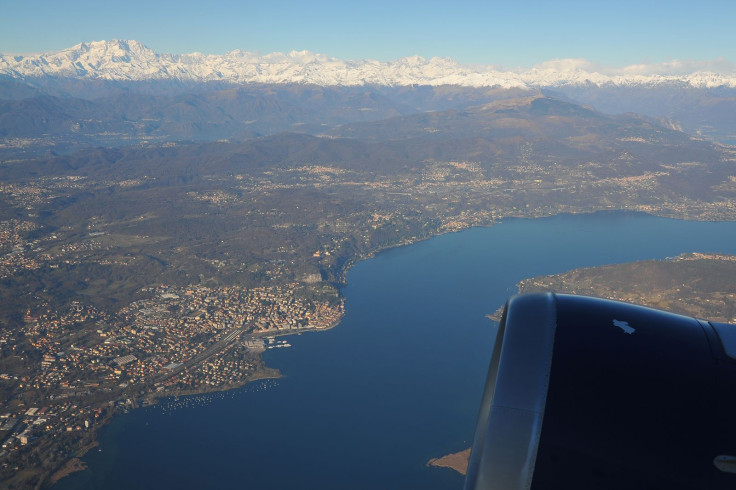
Zooming in on the mountain reveals its forbidding rock and ice walls. Climber and author Richard Goedeke described their "almost Himalayan dimensions," referring to the height from base to peak, unrivaled in Europe and reminiscent of the much taller Asian giants. Sitting on top of the rocky outcrop in the middle of the image, at almost 15,000 feet, the Margherita Hut -- meant to house climbers who stay the night -- is the highest building in Europe.
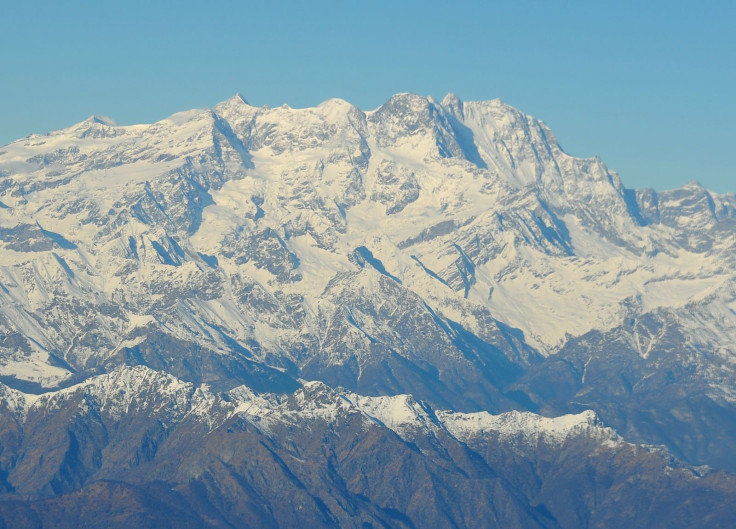
Shared between Switzerland and Italy, Mount Rose is the former's highest summit. For the highest mountain entirely contained in Switzerland, one must zoom a little farther (but still within range of a decent camera) to see the 14,911-ft high (4,545-meter) Dom, the right-hand peak of the white saddle-shaped mountain in the image below. The snowy ridge rising behind the clouds to its right leads to the summit of the 14,196-ft (4,327-meter) Nadelhorn, which the author climbed in the 1990s from the Swiss village of Saas Fee -- a less expensive, but equally beautiful, alternative to the fashionable (and closed to cars) Zermatt.
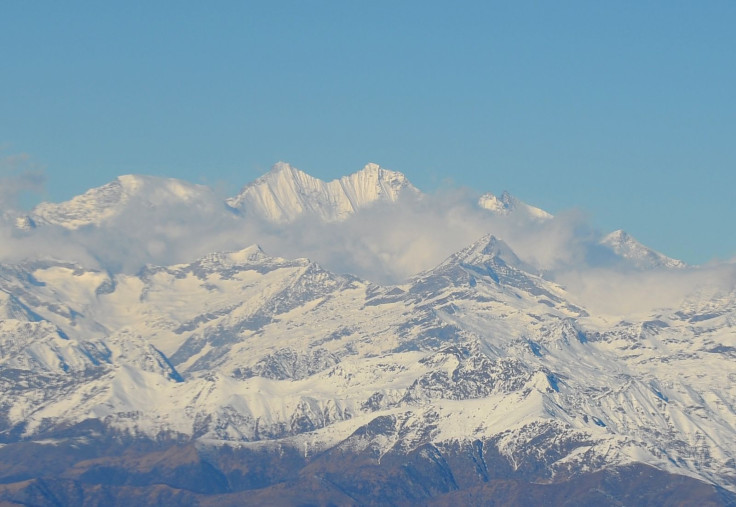
Ten minutes out of Malpensa, a truly magic vision rewards the passenger who hasn't been distracted by electronic gadgets: an overview of the Pennine Alps, a subgroup within the larger chain that contains possibly the most beautiful mountains in the world. No wonder the pioneers of modern Alpinism all came here for the great race to the top that culminated in 1865 with the conquest of Matterhorn, the toughest and most striking of the bunch, by a party of seven led by the Englishman Edward Whymper. They paid dearly for their feat, with four deaths on the way down to Zermatt. The mountainside in this image -- the third peak from the left -- is not the one Whymper climbed; it's the much harder Italian face of the mountain. The white triangle next to it is the aptly-named Dent Blanche, or White Tooth, just a bit shorter than its neighbor at 14,291 ft (4,356 meters) but, according to some, even prettier.

The pyramid on the right of the image is the 14,783-ft (4,506 meter) Weisshorn, which Goedeke called "the ideal mountain" because of its near-perfect shape. Like its sister summits, it's all but off limits to inexperienced climbers, as is the lower peak to its left, the Zinalrothorn. And, again like its sisters, the Zinalrothorn has quite a history: It was first climbed, in 1864, by the Briton Leslie Stephen, who was the father of none other than writer Virginia Woolf.
On westbound flights, the show is brief -- a half hour from takeoff to when the Alps peter out shortly after crossing into France -- but it ends with a bang: the tallest summit in Western Europe, Mont Blanc. The 15,771-ft (4,807 meters) giant first appears shortly after wheels up as a huge mass on the horizon over the Italian city of Biella, itself not a tourist destination but a hub for the high-end textile industry (wearing a Loro Piana suit? It came from here.)
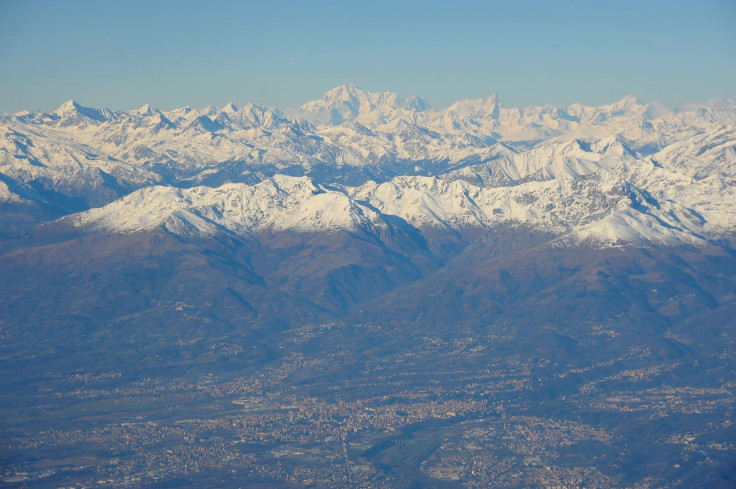
As the plane reaches cruising altitude, it passes very close to Mont Blanc, whose ridge separates Italy from France. The winter snow cover turns its slopes, the largest uninhabited expanse in the Alps, into an otherworldly vision. The granite rock that makes up most of the mountain has resisted erosion far better than the other Alpine summits, and it offers the observant passenger a glimpse of the world as it was long before airplanes: or, for that matter, long before there were people to admire it.
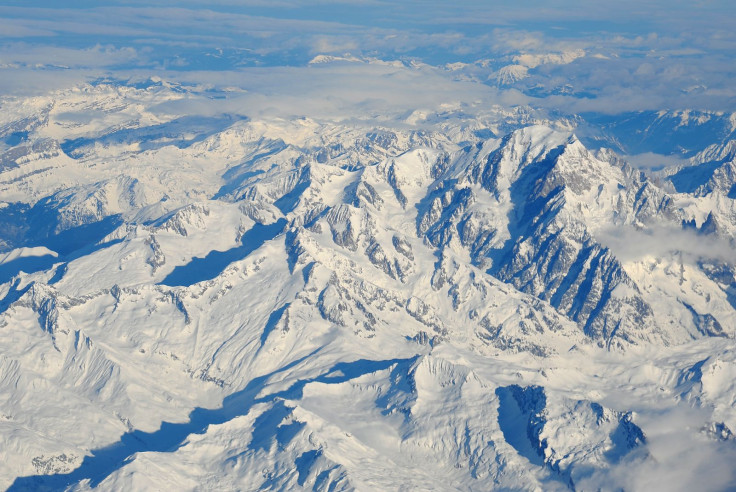
© Copyright IBTimes 2024. All rights reserved.






















